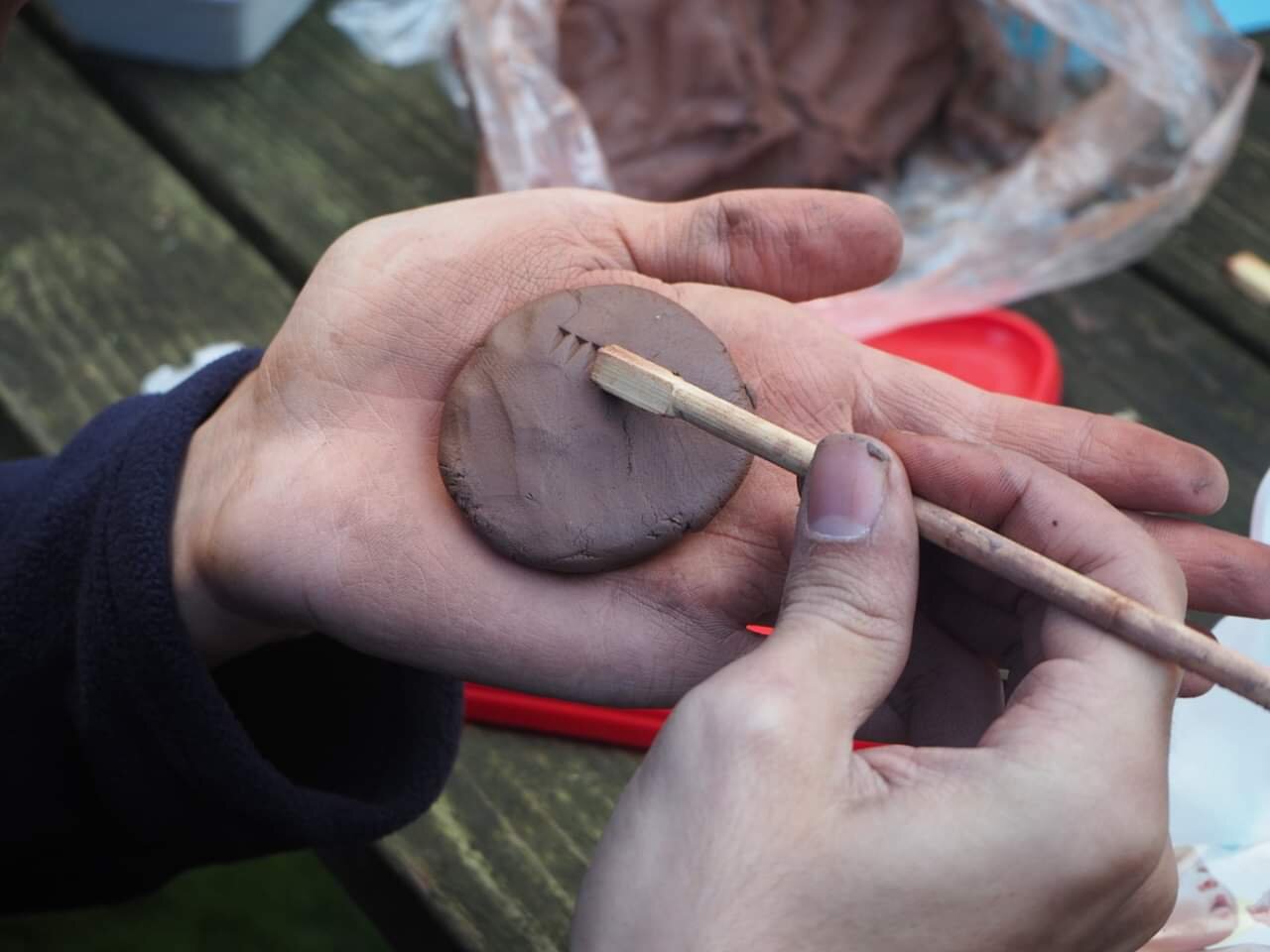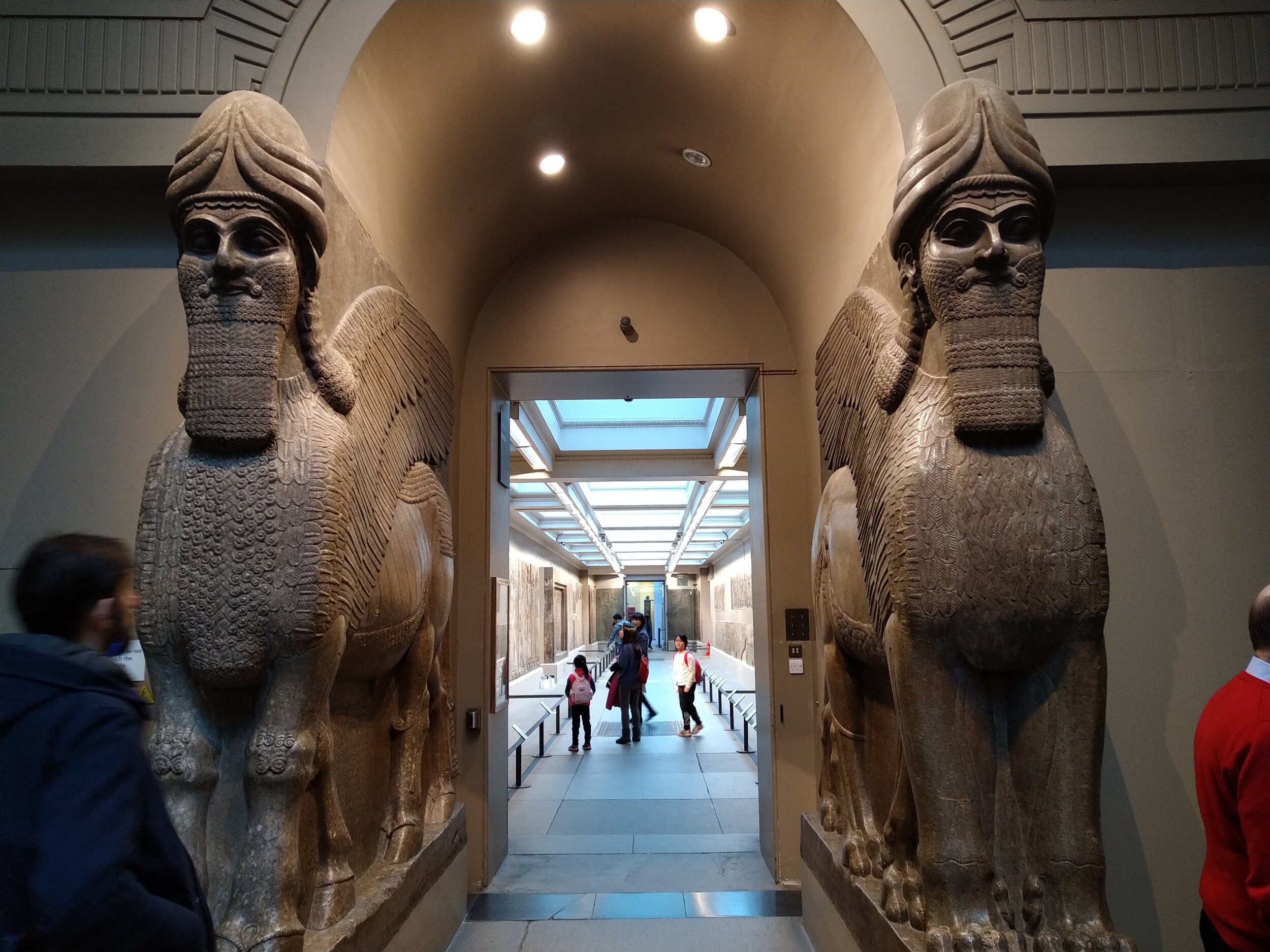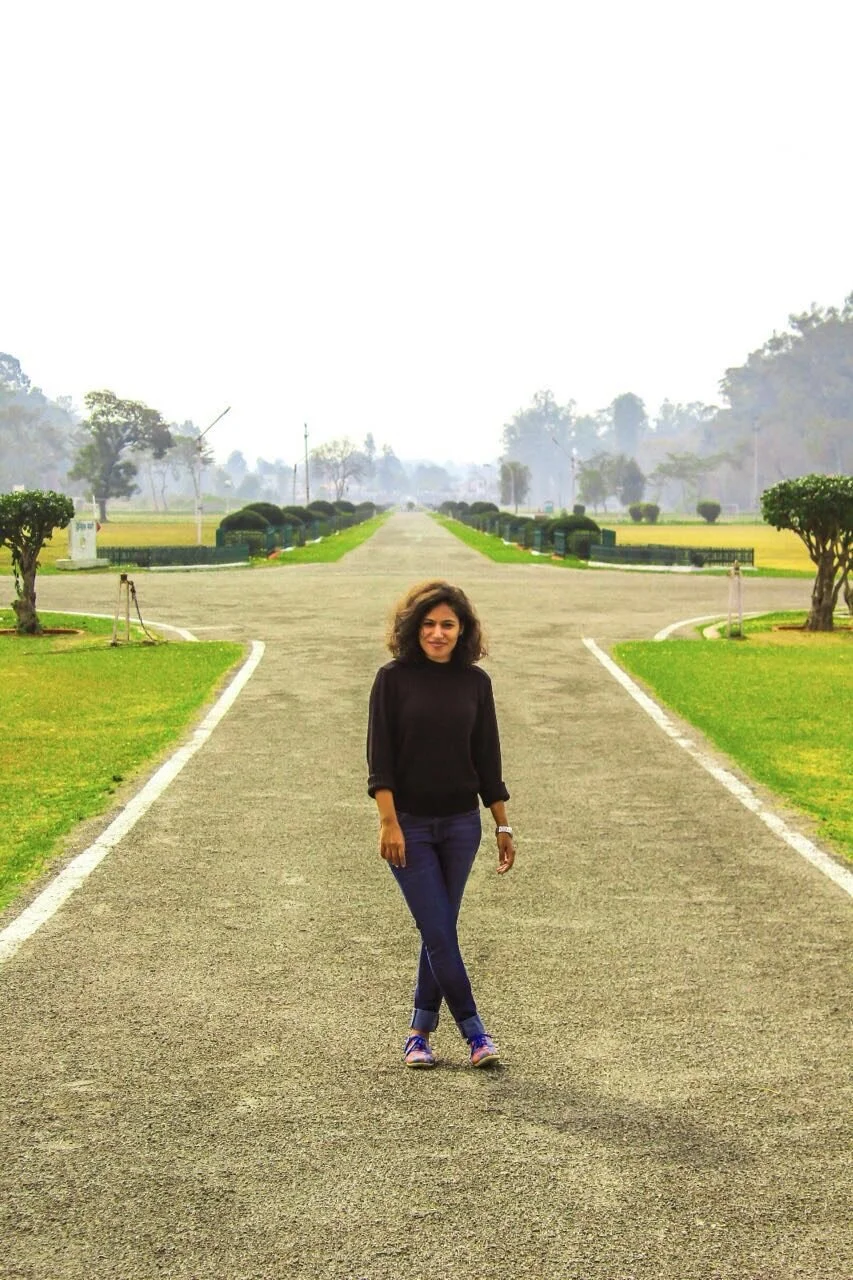Alumnus Update: Mohammad Haider
Mohammed Haider is a 2019 scholar who recently graduated from the University of Cambridge with an M.Phil in Assyriology. He is now pursuing a PhD in Near and Middle Eastern Civilizations at the University of Toronto with a specialisation in Assyriology.
Below he shares with us his journey through the corridors of the Ancient Near East, Cambridge and COVID-19.
From India to the Ancient Near East: My First Steps in Assyriology and the Move to Cambridge
A pertinent question looms over us when we read the above-mentioned title. What is Assyriology? Arguably the most common question that I encountered during my time in Cambridge, it was even harder to describe Assyriology when I was in India. Simply put, Assyriology is the study of the languages and cultures of the Ancient Near Eastern world, which is modern day Iraq, Syria, the Levant, and parts of Iran and Turkey. Growing up in India, I naturally became interested in exploring the connections between cultures and civilizations and how have they shaped our history. Of all the cultures I studied, Mesopotamia and ancient Iran intrigued me the most, as these regions had acted as ‘cultural corridors’ for ideas travelling between the western world and the eastern civilizations of India and China since antiquity. I spent much of my undergraduate years exploring this fascinating world of monumental cities and palaces, of ancient languages and literary traditions, and of cultures that influenced the world we see today.
Matriculation Day at Fitzwilliam College
However, it soon dawned upon me that I will have to pursue this subject abroad, since it simply was not taught in India. With a mix of skepticism and hope, I submitted my application for the MPhil in Assyriology at the University of Cambridge, feeling glad about the fact that at least I liked this field enough to face improbable odds of getting in. It was therefore quite a surprise when I got the offer from Cambridge, and for the first time, I felt that my passion to pursue this field held genuine value. However, a larger shadow of funding loomed over my slightly uplifted hopes. Hearing back from the Inlaks Foundation about the interviews, and clearing them and securing the scholarship felt like the completion of a process three years in the making, as I genuinely enjoyed discussing my ideas with people who wanted to see me fulfill my academic goals. With everything sorted, I was finally off to Cambridge!
My Year in Cambridge
Practicing cuneiform at the Archaeology Open Day
My first few weeks in Cambridge shattered a lot of preconceived notions I had about the university. None of my teachers seemed like intimidating pillars of wisdom far out of my reach. Instead, everyone was very kind and curious to learn from each other. My colleagues shared the same vulnerabilities and a disdain for deadlines as I did, and we often met and discussed the latest headaches while learning Babylonian, and even pronouncing British town names (Worcestershire sounds nothing like it’s spelled).
My first few classes on Mesopotamian archaeology and the Babylonian language almost felt surreal. Was I really studying ancient Mesopotamia at Cambridge? As I adjusted to this fortunate reality, I explored everything connected to Mesopotamia in Cambridge. Outside of my classes on Mesopotamian literature, archaeology and languages, I had an opportunity to attend seminars and guest lectures organized by the department and other institutions. I also volunteered to teach schoolchildren about ancient Mesopotamian writing at the Archaeology Open Day in Cambridge.
Tablets from the Library of the Assyrian king Ashurbanipal
I also had an opportunity to visit the British Museum, which had a remarkable collection of Assyrian and Iranian sculptures, palace reliefs, and inscriptions. These were objects that I had only previously seen in books, and it was an amazing experience to stand in front of the massive winged bulls that once flanked the doorways of ancient Assyrian palaces, and see the cuneiform tablets containing some of the oldest known literature in human history.
As the year went on, I began settling into a neat schedule of studies, reading and exploring the city. My family had begun to plan their visit to Cambridge on my graduation, and I myself was planning a trip with my friends during the Easter break. However, all of that changed dramatically in March, when a little thing called COVID-19 started going around.
Cuneiform, Cambridge and COVID-19
The pandemic’s arrival coincided perfectly with the coming of spring in Cambridge, and with it, the few days of sunshine that England gets between long spells of rainy, overcast days. As the trees changed their hues and birds chirped through the gardens of the town, I, much like many others, felt separated yet still bound to a new reality. I saw more sunlight through my bedroom window during the lockdown than I had seen all year round. The only time I saw faces was when they were behind a screen. I knew that a full term, final exams and the final dissertation remained to be done, and the only way I could deal with these new circumstances was to find a new routine.
Winged Bulls from an Assyrian Palace in Nimrud, Iraq
Much like other people picked up gardening, baking and knitting as their pandemic hobbies, I found time to draw again, this time focusing on historical landscapes of the Near East. Between study breaks, I drew the archaeological sites I had come to love during the course of my studies. I found inspiration in the 19th Century drawings of ancient Near Eastern sites made by the first European artists and archaeologists traversing the region.
My final months in Cambridge were spent working on my MPhil dissertation. It was my first piece of original research, and even with many sleepless nights spent chasing references and compiling data, I felt grateful about the fact that I was now at the edge of what was known in my field, and that my little contribution to it, even as a drop in the vast academic ocean, was pushing the boundaries of what was known and asking newer questions from what we already know. Even under less than ideal circumstances, my supervisor and the University provided me the necessary support to fulfill my first academic milestone.
I am now pursuing a PhD in Near and Middle Eastern Civilizations at the University of Toronto, specializing in Assyriology. My year in Cambridge was by far the most enriching and valuable experience of my life, and it helped me reach the academic goals I could have only dreamt of a few years ago. I am extremely grateful to the Inlaks Foundation for believing in my goals and providing me the opportunity to study at Cambridge and seek the boundaries of our knowledge about this incredible part of human history. I only hope to go further and ask more questions from Assyriology.
Cover Image: One of Mohammad’s pandemic projects: The Discovery of the Winged Bull at Nimrud, originally drawn by Austin Henry Layard.










